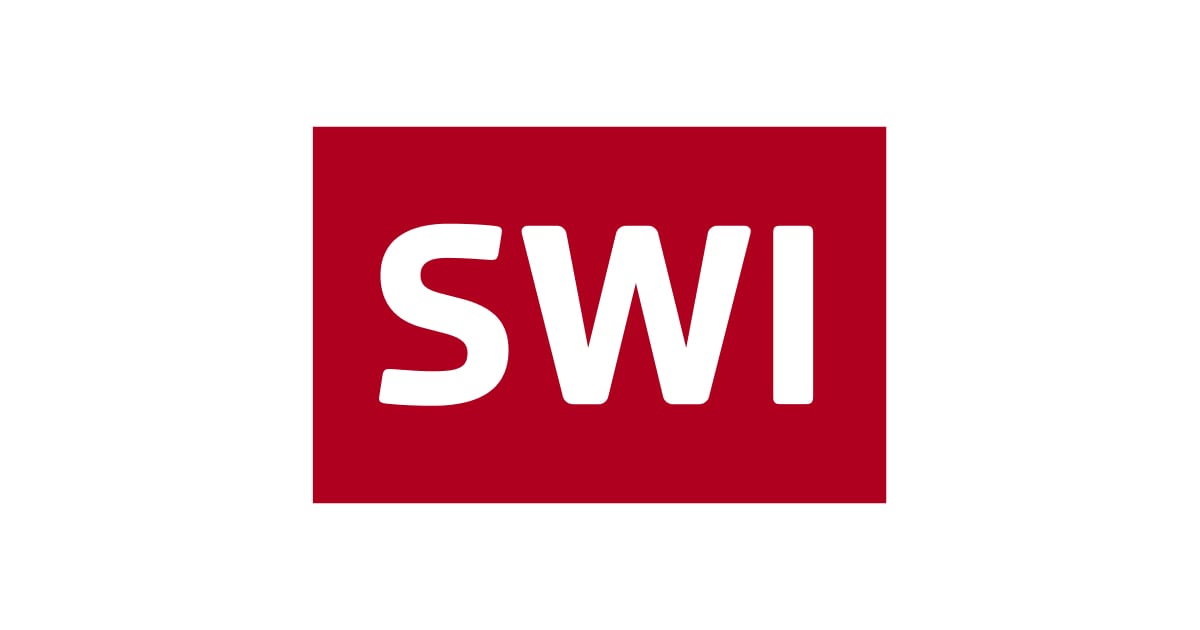
Swiss to build new “tilting” trains — without Germany
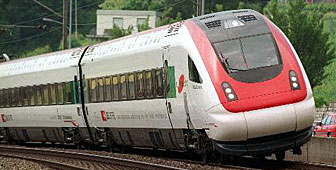
Caught offguard when Germany pulled out of a deal to help produce 116 tilting trains, the Swiss are re-evaluating their own train needs.
The trains had been destined for use in Switzerland, Germany and Austria. Tenders to supply the trains went out in March, as part of plans by the three countries to strengthen cooperation. The trains would be capable of speeds of between 200 and 230 kilometres per hour, depending on the distance travelled.
Trains that tilt or lean can go up to 25 per cent to 40 per cent faster around curves than conventional trains.
Under the procurement programme estimated to be valued at about SFr2 billion, Germany was to have ordered 50 train compositions, Switzerland 34 and Austria 32 for use in a strategic venture called “TransEuropeanExcellence (TEE) Rail Alliance”. The Swiss share of the deal was estimated at SFr500 million.
The Germans are said to have pulled out of the project because they no longer want to buy tilting trains, preferring to concentrate on cheaper rolling stock.
However, it is no secret that Germany has had problems with tilting trains, in particular its high-speed Inter City Express (ICE).
Reported breakdowns
Switzerland’s “Neue Zürcher Zeitung” newspaper described Germany’s experiences of breakdowns with tilting trains as “bad to catastrophic”.
In June 1998, an ICE derailed near Eschede, north of Hanover, at a speed of 200 kph, killing 100 people and injuring 88 others. A broken wheel tyre on an axle caused the accident.
Switzerland’s ICN tilting train has also had problems, with a composition being derailed near Zurich-Oerlikon in July. The accident and the subsequent finding that there were loose screws during the assembly process led to all 22 train sets being withdrawn from service for checks.
The Swiss Federal Railways have insisted that the trains are now safe and that they are going ahead with Austria to buy a new generation of tilting trains capable of using the different electricity currents in the countries in which they will be used. The obvious advantage is that locomotives do not have to be changed when the trains cross borders.
Federal Railways spokesman Roland Binz told swissinfo that the TEE Rail Alliance, signed in June 2000, would not be affected.
Still cooperating
“The withdrawal of the German Railways in the bidding process for the trains is only one part of the alliance. We are still working together on other projects,” he said.
The rail alliance represents the closest cooperation to date between the three countries and is modelled on air travel alliances. The three railways want to create the best relation between price and performance in the European travel market.
Also included in the plans are the coordination of train timetables and a possible uniform ticketing system.
Binz said costs of the new trains might not necessarily go up as a result of the German withdrawal.
“We think that it may be possible that the production of the new tilting trains will be cheaper than before because the technical demands are not so high. We no longer need the compatibility with Germany ICE trains,” he explained.
It is not clear yet where the trains will be made but there are hopes from Swiss industry that part of the contract will be awarded to the Bombardier company which has a plant at Pratteln , near Basel.
“We will buy the trains by the years 2006 and 2007, and they will allow new services between North and South,” Binz told swissinfo.
“We will be able to offer customers new, faster and more comfortable links from Germany through Switzerland to Italy. Traffic between Switzerland and Austria will also be increased,” he said.
by Robert Brookes

In compliance with the JTI standards
More: SWI swissinfo.ch certified by the Journalism Trust Initiative
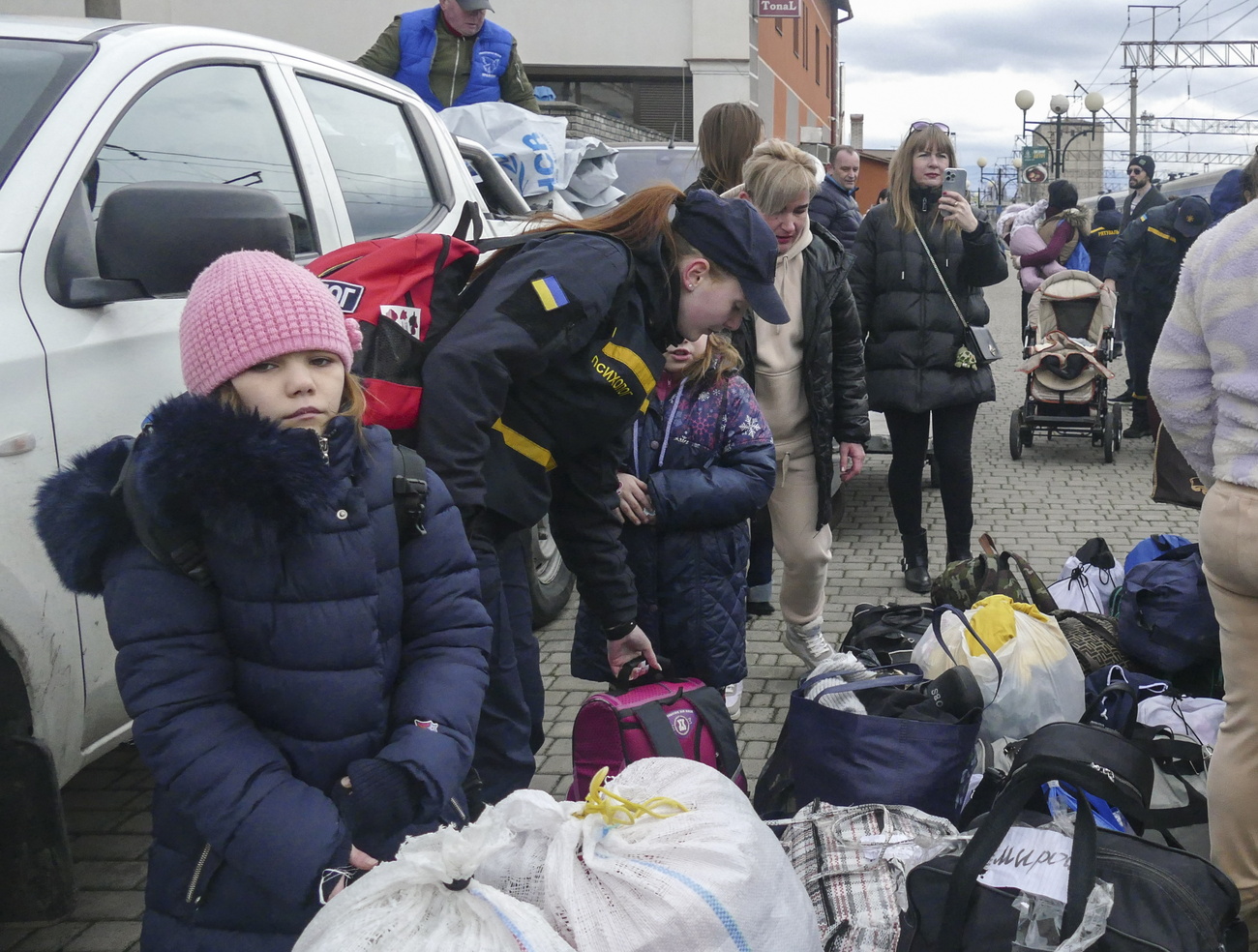
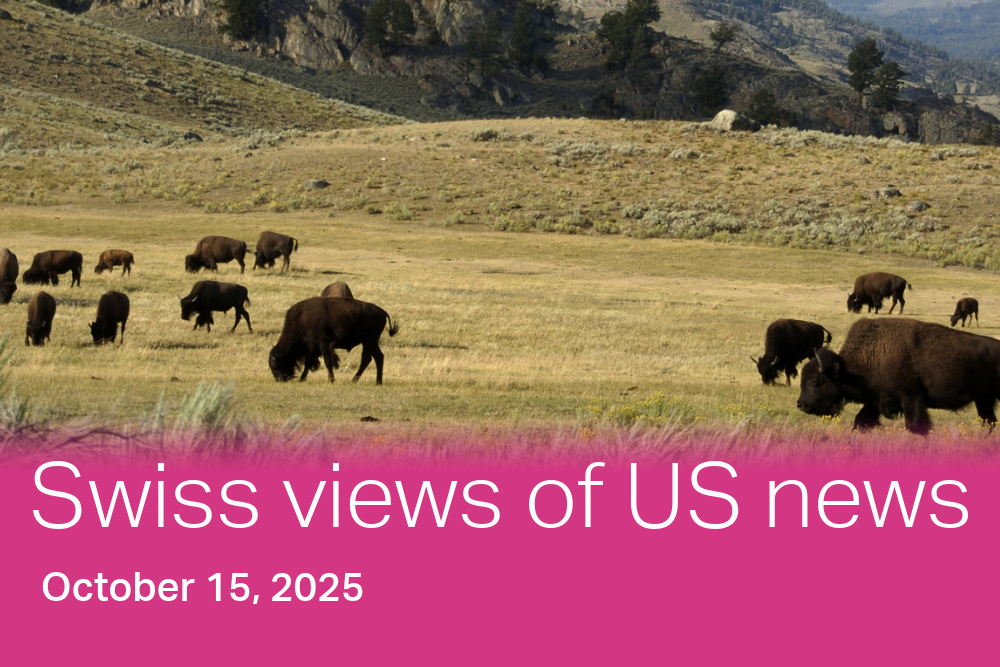


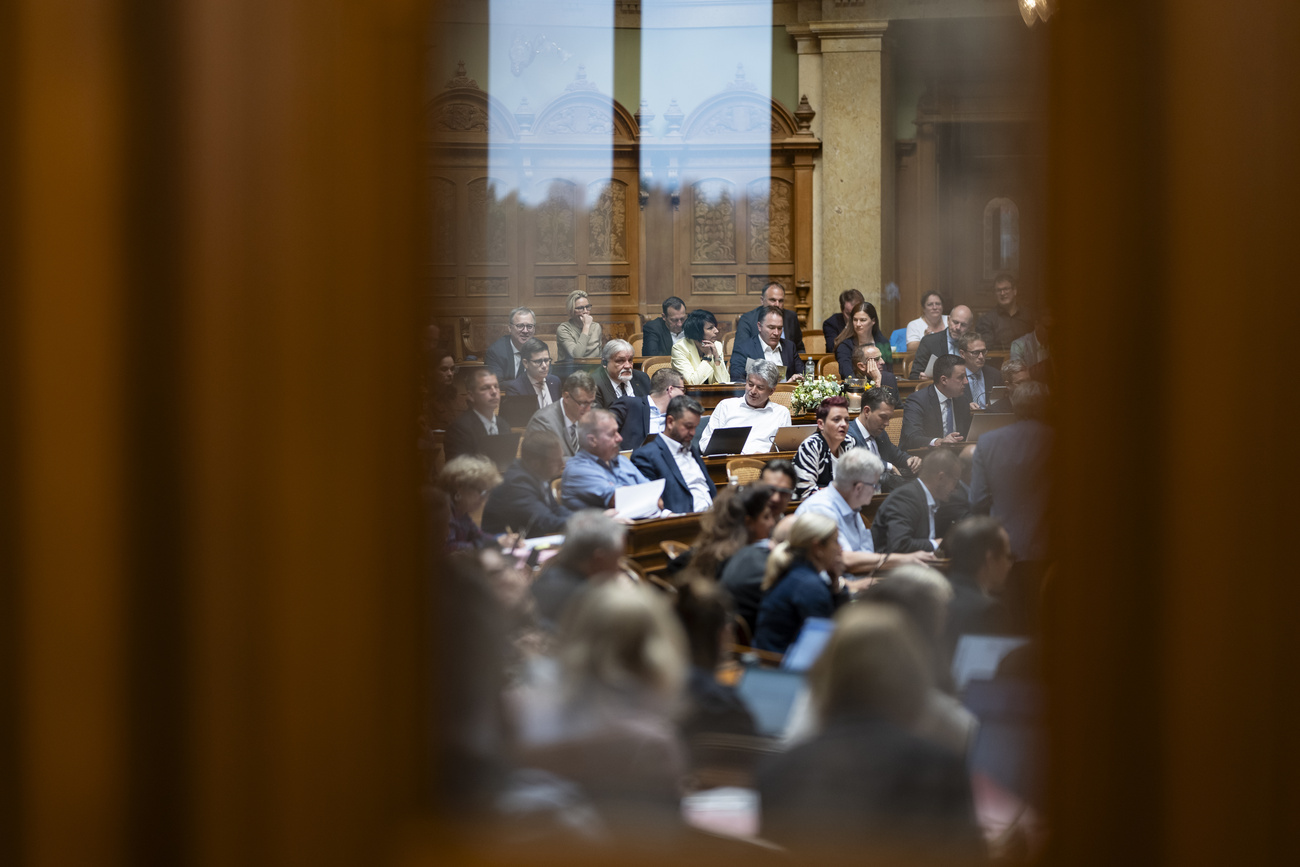

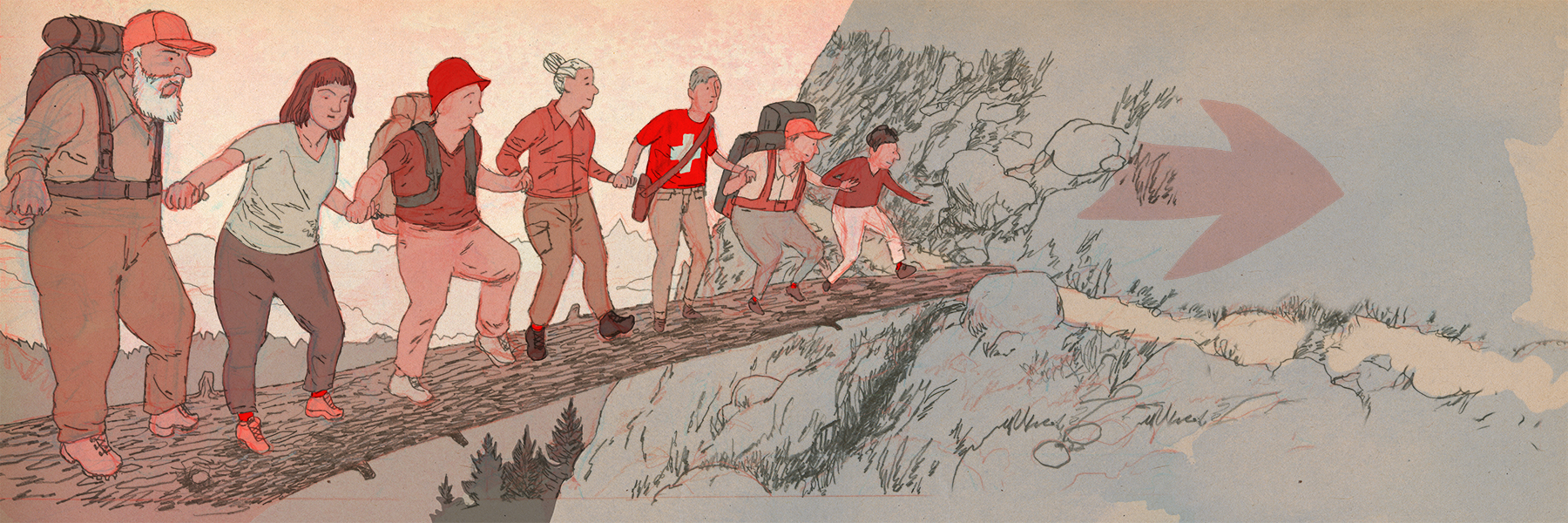








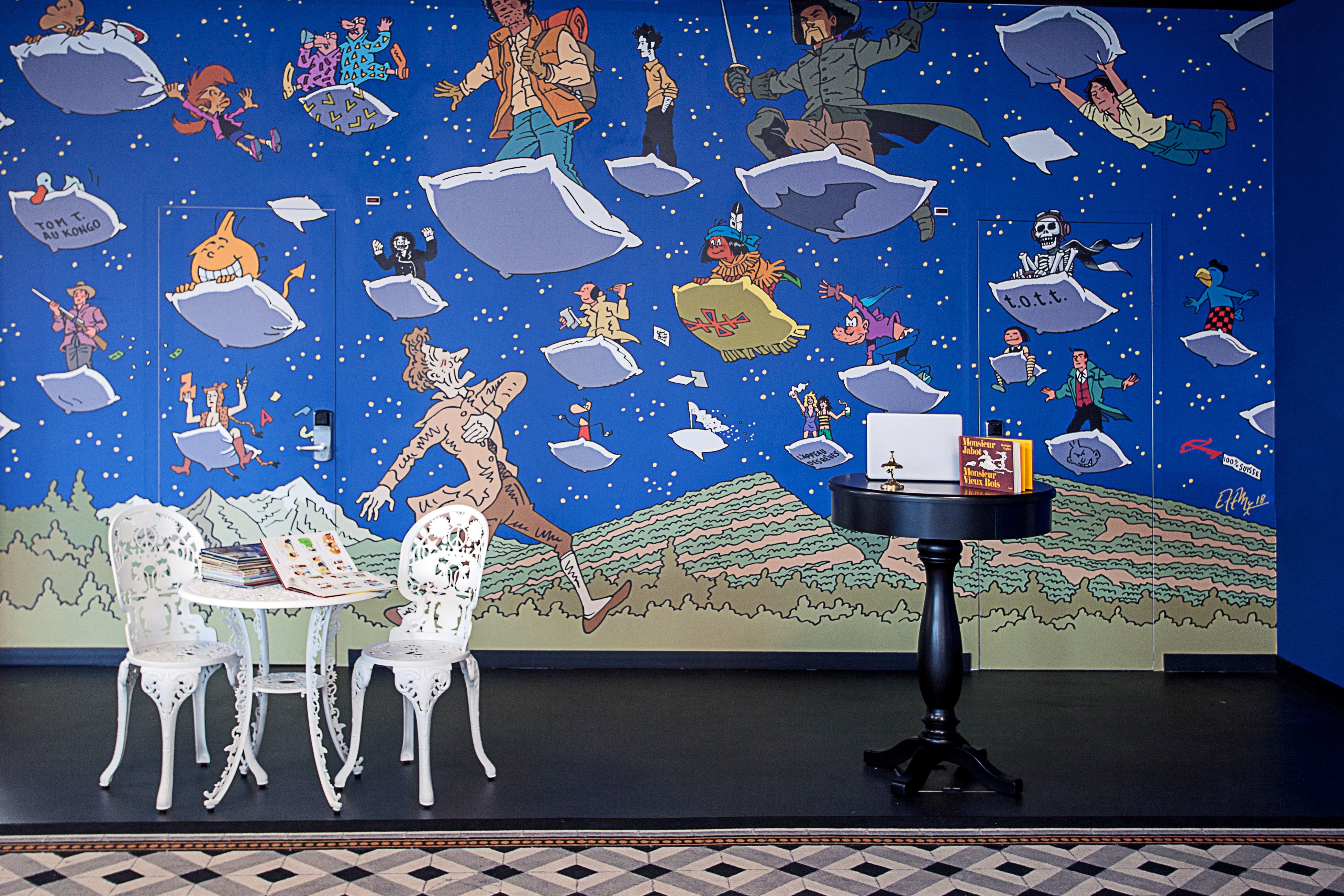











You can find an overview of ongoing debates with our journalists here . Please join us!
If you want to start a conversation about a topic raised in this article or want to report factual errors, email us at english@swissinfo.ch.